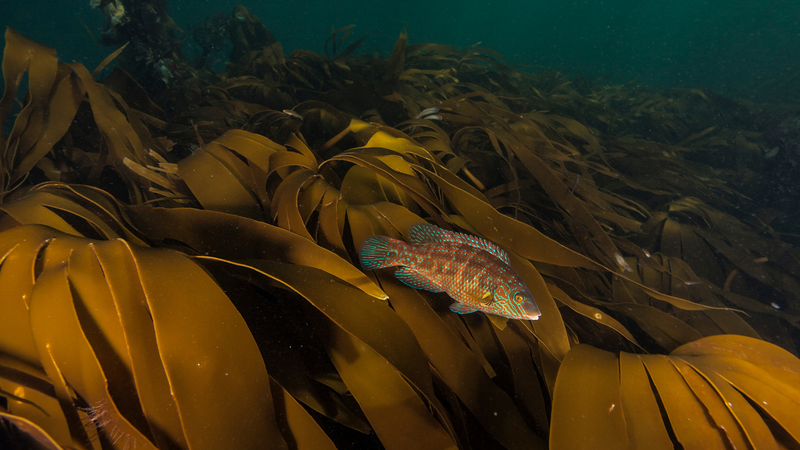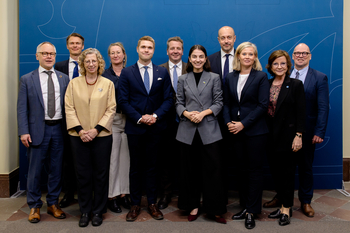Did you know? Nordic blue forests store CO2e emissions from 700,000 Danish cars each year

Nordic blue forests include coastal vegetation such as kelp forests, eelgrass beds, and seaweed communities, all of which are important natural carbon sinks.
The new report has identified the impact of climate change and other manmade impacts on ecosystems and, for the first time, has calculated a climate budget for blue forests in the Nordic Region. The report also provides an interactive comprehensive map of areas with blue forests in the Nordic Region.
Blue forests are particularly vulnerable to climate change, which is why it’s important to manage them sustainably. The report shows that northern marine areas are especially rich in blue forests, and so the Nordic Region has a unique opportunity to help turn the tide of climate change by creating the right conditions for seaweed, kelp, and seagrass.
An overlooked opportunity for carbon storage
Blue forests have a unique opportunity to sequester carbon that would otherwise be released into the atmosphere. The report provides the first ever Nordic budget for blue carbon and estimates that around 3.9 million tonnes of CO2e enter into long-term storage in Nordic blue forests every year.
According to myclimate.org, these emissions are equivalent to those of 700,000 Danish cars each year. The estimated budget includes the amount of carbon permanently removed from the atmosphere and sequestered in Nordic blue forests each year. In addition, it is estimated that up to 33 million tonnes of CO2e have already been taken up and are sequestered in existing coastal vegetation.
Norwegian kelp forests alone account for 46% of long-term carbon storage in Nordic blue forests due to its expanse and high rates of carbon production and export.
About the report
The report is based on the findings of the three-year project of the same name, led by the Norwegian Institute for Water Research together with GRID-Arendal, the Norwegian Institute of Marine Research, Aarhus University, and Åbo Akademi University. The project is funded by the Nordic Council of Ministers.



